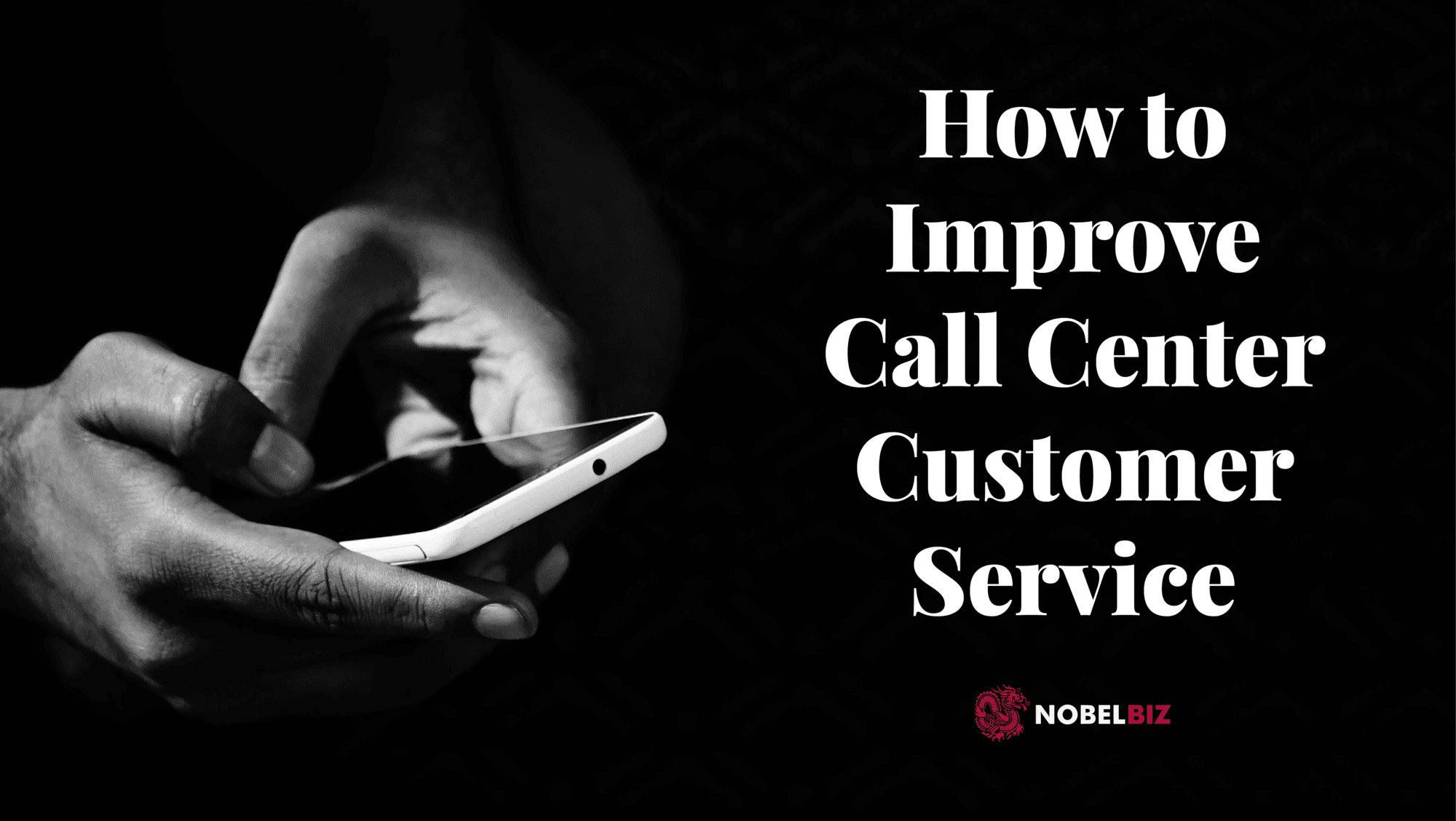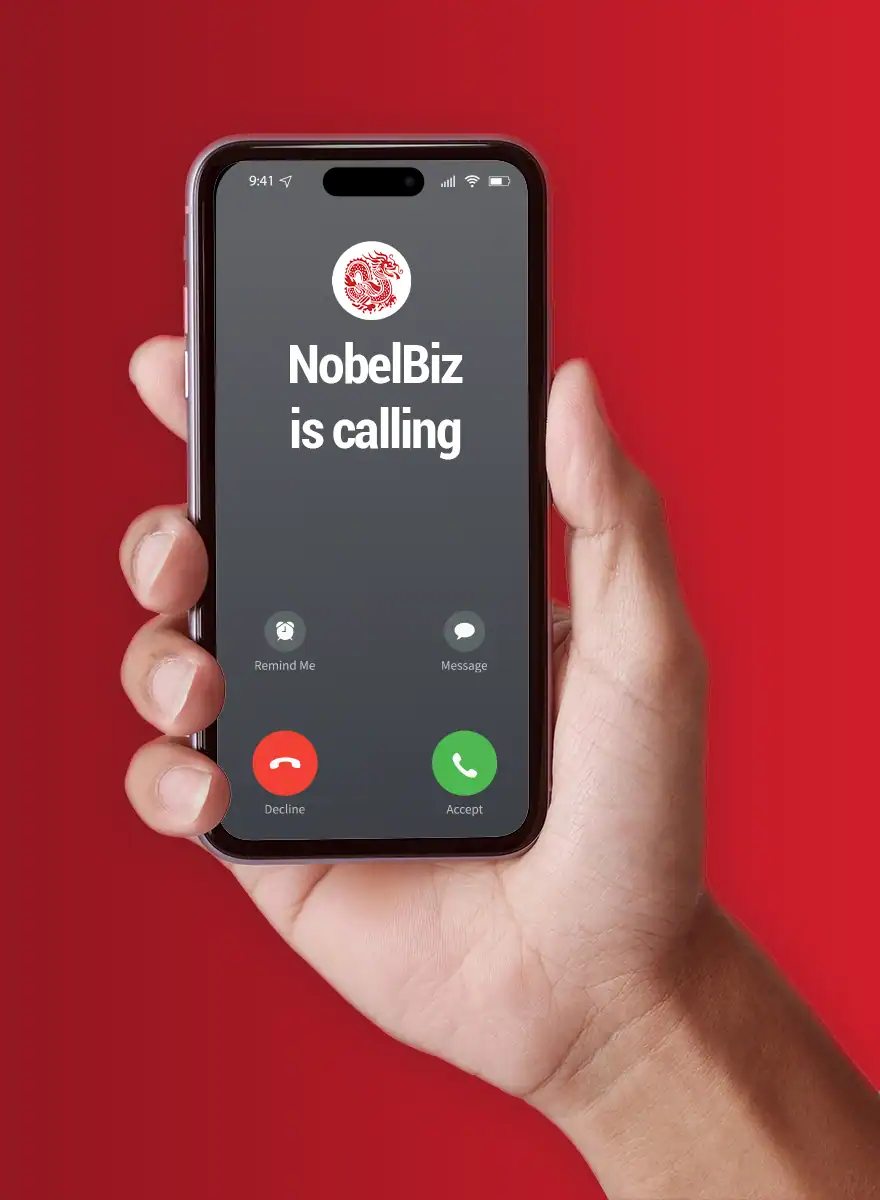Call center customer service has a strong bearing on customer satisfaction and your business as a whole. In Walker’s 2013 “The Future of B-to-B Customer Experience” study, the consulting firm predicted that as early as 2020, the key elements of brand differentiation will not be the price or the product, but rather the customer experience. So, improving call center customer service becomes necessary in order to make your business stand out.
As it turns out, a customer’s experience when contacting your call center could make the difference between sticking with your business and choosing a competitor.
Managers struggling to build a productive workforce often can face unexpected demand increases, staff turnover, and other common call center issues that may harm customer care.
But having the right tools, caring for your customers, and empowering your agents is what you need to do to improve call center customer service and stay relevant in today’s customer-centered market.
Improve Call Center Customer Service on the Client Side
Know thy Customer
Perhaps your sales team already has a great handle on your customer’s demographics, expectations, and so on. To learn more, though, the customer service team in your call center should hear about your customers more intimately. Give your customer a real persona by building a character for your customer. Let your call center team picture who they are talking to.
Say your main customer is a small-town male aged 20-35. Characterize him this way: Tom Noble, 27 years old, single, shares a studio apartment with two roommates, likes to play video games, and works from home.
Your customer turns into a real human being! Your call center experience gets more interesting when you know your customer well.
Follow the Customer’s Journey
At various stages of the sales cycle, a customer will interact in different ways with your customer service team. Knowing how to improve the customer experience in your call center requires interacting with your customers based on their level of experience.
So, a new customer who has just found out about your brand, should get a more universal idea and welcoming greeting, as opposed to someone who has already purchased from you. Their interaction should be much more personalized and tailored to their needs.
Your team could work with a CRM tool to track a customer’s journey and inform them accordingly. You want to enable your team to know rapidly and smoothly how to approach each and every client.
Empathize with Customers
You may be on the lookout for diligent hires who are service-oriented, self-disciplined, self-directed, and dependable since studies. But perhaps most importantly, you want to look out for someone with empathy. The best service providers need an empathic staff, as well as those who go out of their way to help people out with their problems.
Making people feel good about themselves pays off in a big way. Outstanding service drives customer retention and word-of-mouth advertising, two things that can yield a significant edge in a tough market.
Empathy cannot be overstated. Customers want to connect and purchase from brands that share their values, care about what they care about, and understand them. To achieve this, your call center team must develop emotional intelligence to connect with callers.
Some ideas that your team could put in place include storytelling, which helps the customer better relate to the agent and the brand; personalization like writing handwritten notes, offering a surprise, such as an upgrade or free product or loyalty rewards for return customers.
You want to create emotional bonds that make the customer experience in call centers as positive as possible.
Reduce Customer Effort
People want minimal clicks, instant communication, quick delivery, fast service, so their expectations from a call center experience would be the same.
Consider asking for the customer’s phone number and offering a callback in case of a disruption, helping agents understand the customer’s questions to reduce the need for the customer to repeat himself, or offering FAQs and informative articles for additional information.
Ask Customers Direct Questions
A “how are you doing today?” can help you know if callers are in a bad temper, rushed, feeling good, or down. By paying attention to tone and other verbal cues, agents will have a better sense of how to handle the call to satisfy the customer.
Another great thing to do is to ask clear questions is also essential to ensure that agents understand the customer’s problem. Using the customer’s own words when formulating the question will help the customer feel listened to and respected. It will also result in clearer overall agent-caller interaction, which will lead to faster issue resolution.
An equally good practice is to use an “elevating” question. Once a solution has been found, the agent can ask the customer if they are satisfied. This allows both sides to take a step back and assess the progress of the call. Questions like “was this a good solution?” or “does this do it for you?” will let the customer give their personal opinion and feel valued.
Get Customers Feedback
What people want to know is that their needs are understood and addressed. Ask them what they think and open a dialogue about what they like and dislike about you, your brand, the call center, and the customer service representatives.
Try asking your customers to complete a short survey after each interaction, or end each call with a question about your results and how they might improve next time. The more you can learn about your customers’ current experience in your call centers, the better you serve them.
Many companies go for a generic “thank you for filling this survey,” whether the customer has praised their services or is about to give them a bad rap on social media. Thank the client for their feedback, even if it’s negative, but a better way to manage survey responses is to segment your clients into positive and negative responders and follow up accordingly.
One of the best ways to evaluate customer feedback is through the NPS or Net Promoter Score. Data is used to measure the likelihood of recommending a product, service, or brand by its customers.
Customers give a score between 0 (not at all likely) and 10 (very likely). These scores place them in one of the following three segments:
- Sponsors: the score is between 9 and 10
- Liabilities: the score is between 7 and 8
- Detractors: the score is between 0 and 6
To obtain a representative Net Promoter Score, it is necessary to collect a maximum of responses at the end of the call.
Improve call center customer service on the tech side
Go Cloud-based
To be more responsive, contact centers must adopt more advanced technologies, including cloud-based solutions. On-premises applications not only cost extra equipment but also tend to be bulky. It is fundamentally not cost-effective to rely on this type of solution. To run a more efficient business, you need an infrastructure that is better performing and modern.
One way for contact centers to accomplish this is by going for a cloud-based Unified Communications solution. From inbound and outbound messaging and calls to internal communications, such solutions support all aspects of a contact center.
Support Omnichannel
An excellent approach to unified communications is Omnichannel (not to be confused with Multi-channel). Supporting omnichannel is more than just improving the customer experience. It boosts agent productivity and ultimately leads to greater call center efficiency. Real multi-channel service, such as the one NobelBiz OMNI+ provides, means putting the customer at focus, regardless of the channel. This means that you get and answer conversations in real-time.
These cloud solutions are significantly more scalable and, by their very nature, are cost-effective and efficient to implement immediately. You can go from one agent representing the customer to a thousand, and vice versa, with a simple piece of software, without any downtime.
These solutions can also minimize call wait time with smart routing, a system that helps drive callers to the right service. Predictive dialing is another interesting feature of some of these systems, making agent time optimized by reducing delays between paired calls and eliminating the need for agents to dial.
Assign Single Contacts
Another thing to look for in a call center solution is the ability to assign each major customer with a single contact point. As with the Pareto principle, some of your customers may generate the largest part of your turnover.
Maximize satisfaction by having a customer service representative designated as a regular contact for a customer. This person will maintain a relationship with the customer, understand the customer’s wants and needs, and get problems solved more quickly.
No matter what communications solution your call center moves to, cloud computing is key if you want to keep your business efficient and competitive.
Improve Call Center Customer Service on the Agent Side
Share Practices with Agents
When a good call is made, hold a group session to allow everyone to listen to it. In doing so, you can reinforce that person’s good behavior and support other counselors to help them improve their performance in the same way. Let the rest of the team mark the call according to agreed-upon criteria to determine if it was a good call themselves. If you don’t have these criteria, ask them to create one.
Scripts can be useful. They often speed up training and improve productivity. It’s not enough to hire for empathy, you need to create a system with ways to improve call center performance. However, in tricky or once in a while situations, scripts can prove unproductive because they limit your agents to inflexible options.
Customers who expect personalized service will find overly scripted calls disappointing and condescending. Instead, empower your agents to strategically deviate from scripting by giving them the tools to do so.
Give Agents more Flexibility
Agents will perform better if they work when they want to work. But giving them greater flexibility over their schedules may not be as simple as it sounds.
Sure, there are many tips for your contact center staff management plans to give agents more flexibility.
For instance, consider measuring vacation time in hours rather than days and using a workforce management plan to facilitate team changeovers. But one option that has really taken off is offering home contact centers and offering it in a hybrid home-office environment.
Empathize with Agents
Follow the above advice to know better how to improve call center customer service, but always remind yourself that your call center should be organic. Your goals should not be limited to making sales quickly.
Find a balance with coaching, which allows your agents to work autonomously as they learn from your experience. Know when your agents need a break to breathe or a pat on the back. Use agents and automation in tandem to find a balance that improves the customer experience and the efficiency of your call center.
The more you empathize with agents, the more they will empathize with customers.
To conclude
Now that you learned three ways how to improve call center customer service, you can start working on customer experience, one step at a time. All three go hand in hand, so the better you motivate and support your agents, and provide them with the newest technology, the better they will be able to serve, satisfy and earn your customers’ loyalty.

Andrei is an experienced marketing professional specializing in propelling growth for both B2B and B2C companies. Proficient in streamlining marketing operations and enhancing lead and customer experiences through SEO and marketing techniques.







